Kristin Capp spent eight years making the photographs in Brasil, a book that will be published by Damiani in the spring. Made on streets and beaches of Rio, São Paolo and in the state of Bahia, Capp’s images are populated by a diverse cast of characters in a vivid tropical landscape. There is a mute, dreamlike quality the photos, perhaps the result of the freedom and distance that comes from Capp’s status as an outsider in the country. Capp, who is today based in Namibia, where she moved in 2011 for a Fulbright fellowship, first traveled to Salvador, the capital of Bahia, for an assignment to shoot stills for a documentary film on capoeira. But she quickly decided she needed to be there for herself. “It was a short trip but it made a big impact,” Capp tells PDN. “I basically just moved to Rio the following year, and started photographing.” She eventually ended up at an artists’ residency on the island of Itaparica, off the coast of Bahia; she shot the project there, in Salvador and in and around Rio and Sao Paolo. Made entirely on film using a Rolleiflex, the series returns to a number of themes—the glow of lights at night; horses in the landscape; figures on the beach; scrims of texture, ranging from fishing nets to telephone wires to bunting stretched across the sky for Carnival; and fragments of Brazil’s famous Modernist architecture, much of it designed or influenced by Oscar Niemeyer.
“I hadn’t studied architecture, I only know it as a visceral, aesthetic thing that I like and respond to photographically,” says Capp. “It’s such a strong presence in places like Rio and São Paolo, in particular Oscar Niemeyer’s work.” The curving spaceship belly of Niemeyer’s Niterói Contemporary Art Museum in Rio frames Guanabara Bay on the book’s cover. In other images, bits of Modernism from anonymous creators are part of everyday life. “I was also influenced by a group of artist friends in Rio, people I met in those first few years of living there,” says Capp. “A lot of them had studied architecture but then gone on into other media—sculpture or conceptual work or painting and drawing, but weren’t actually working architects. I was intrigued that they knew so much about a field of the arts that they weren’t actually practicing. I would seek out these places, based on their knowledge,” she says. Through her friends’ recommendations or a process of shooting first and then investigating, Capp explored Brazilian Modernism, looking at “what it meant to use concrete as a building material, what that meant politically and socially for these things to be representing the future.”
Capp sees her work as documentary in nature but she says she felt a freedom in Brazil to make photos that didn’t always fit strictly into that genre. Making pictures that are so abstract as to be unrecognizable, “for me that’s a victory,” she says. “I’m interested in pursuing that tension” between abstraction and description. While Capp was taking artistic risks, she took physical risks as well, working on the street in a country sometimes known for violent crime. “I think there’s something about the camera that makes you feel a little bit safe, which is probably an illusion,” she says. As a precaution, she tried not to work alone and would often bring someone to walk with her, but in the end she took risks when she felt compelled to. “I know I am susceptible to thinking that if there’s a reason you need to do something, just do it, even if you’re in danger,” she admits. “I’m not working as a war photographer or even a photojournalist so I can’t speak to that level of danger,” she says. “I think life is just a dangerous proposition, especially when you’re a foreigner and a woman.”
While some images in Brasil might look like photojournalism, for Capp they are the result of a more personal interaction with place. “I have the kind of curiosity that a journalist does, but I make something different out of it,” she says. “I’ve never been very good at photographing events—I always end up somehow on the back streets, behind where things are happening.” For her, the photographer’s job is to absorb the world around her, and then, through a combination of force of will and perseverance, conjure a picture from that experience. “If you’re in the right state of mind and somehow empowered enough, then an image will happen,” she says. “It really is a kind of determination and patience that is required. You create that synergy as a photographer out in the world, I think.” But, she says, “It’s very hard. I never felt that it was easy.” —Rebecca Robertson
Related Stories:
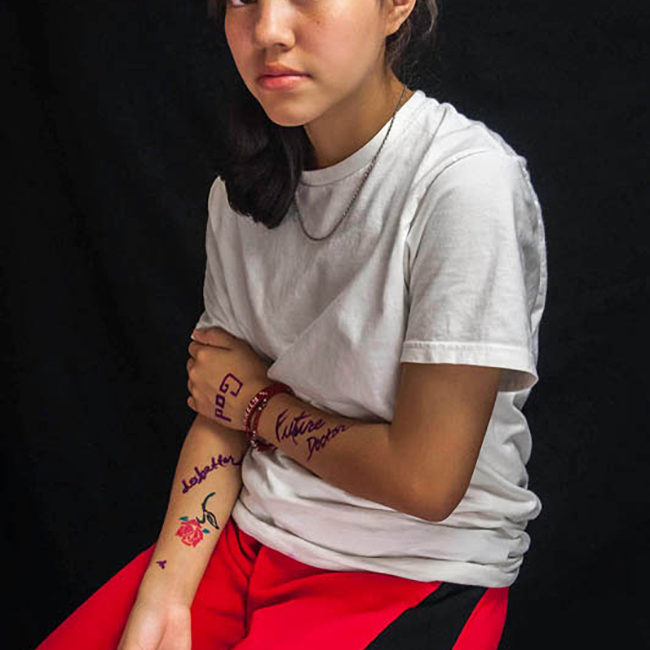
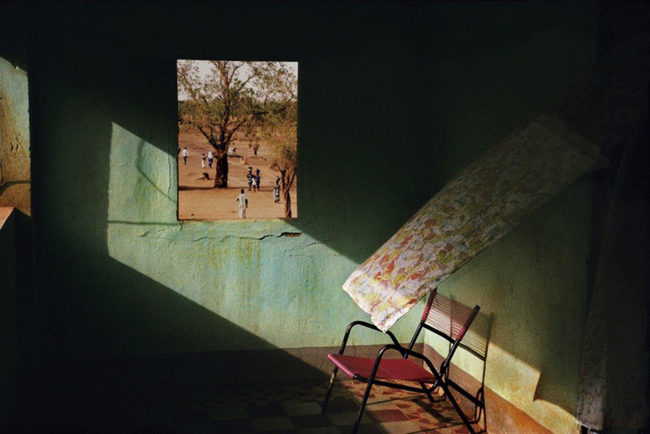



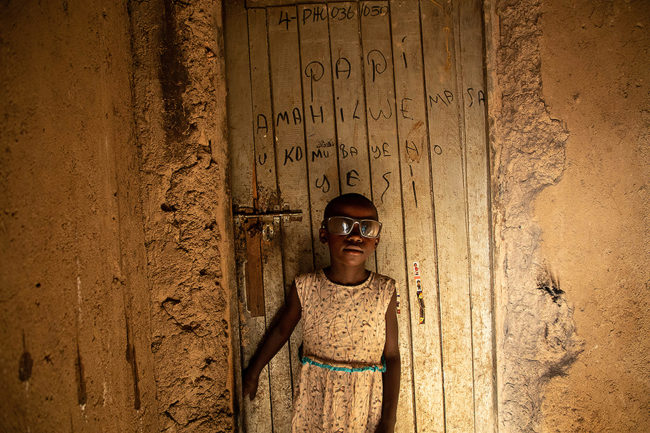
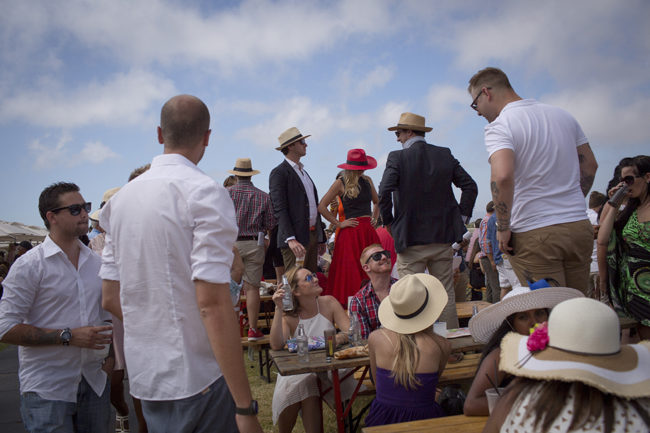

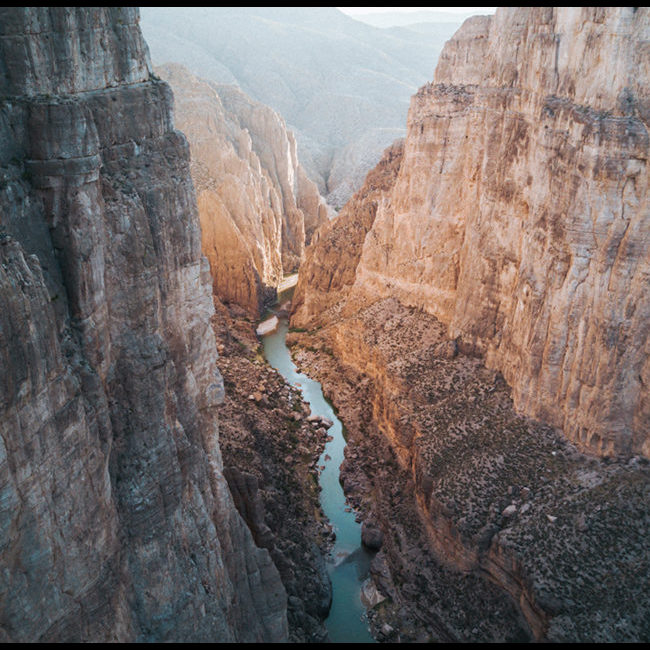
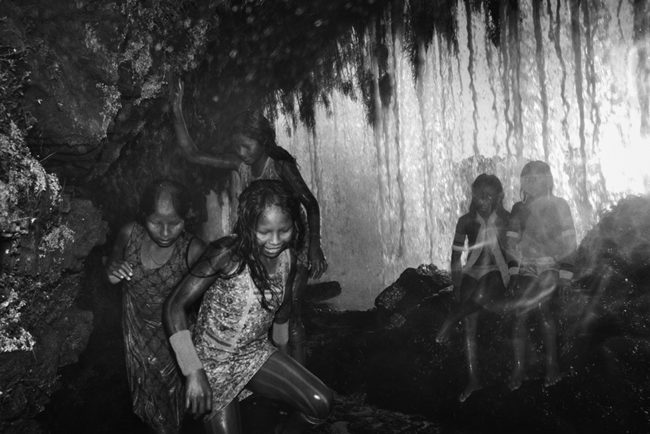
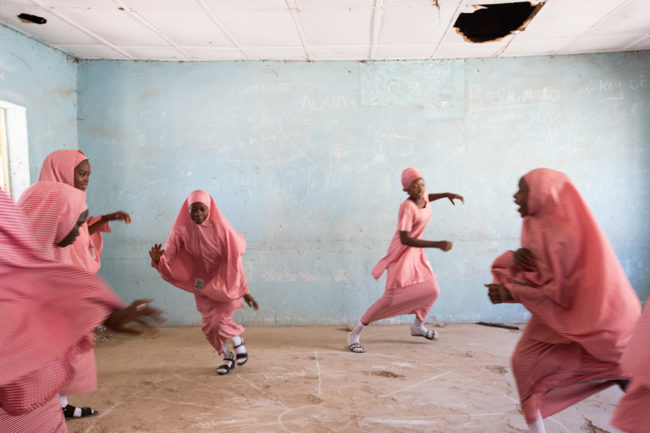
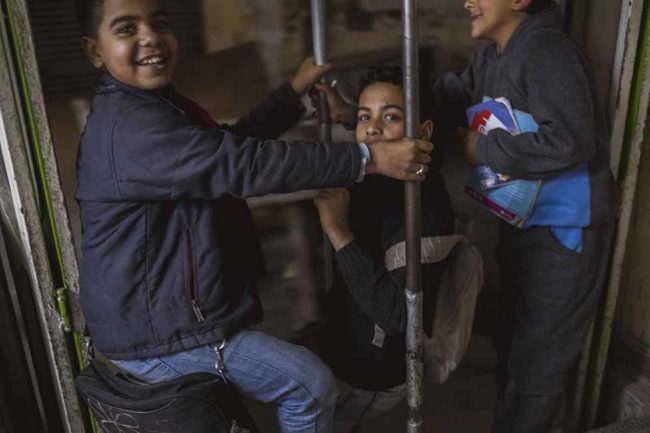
Congratulations to Kristin! Beautiful work?